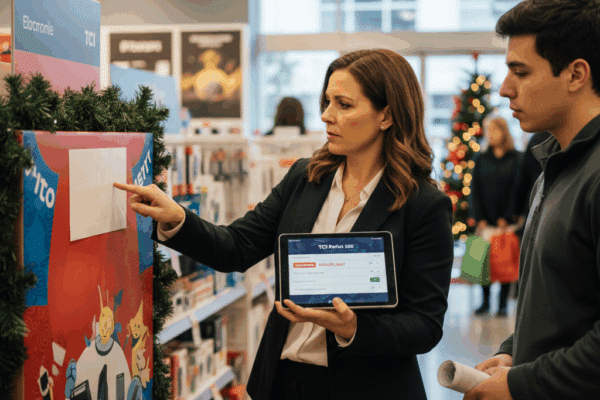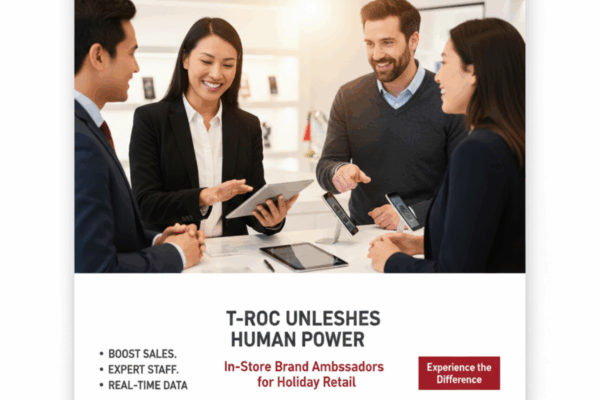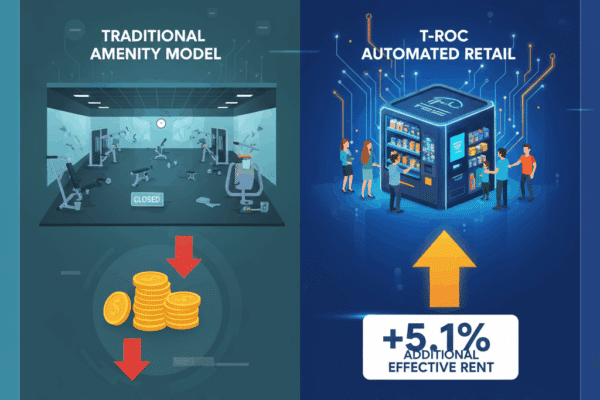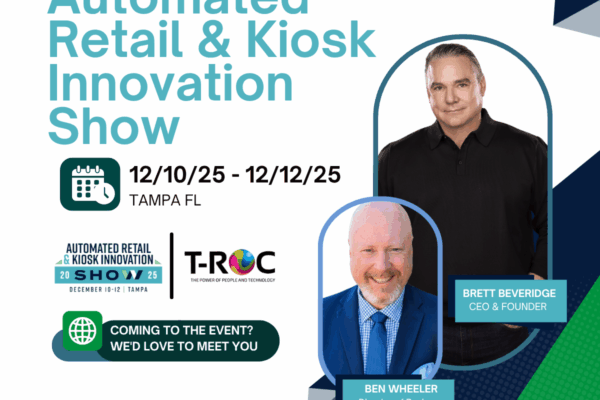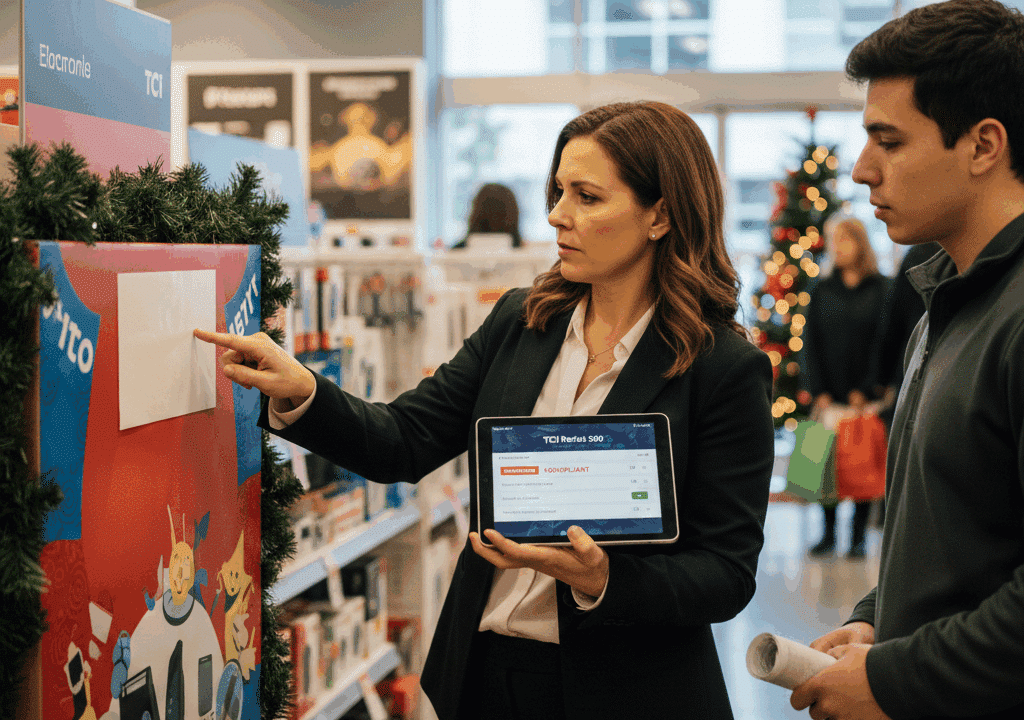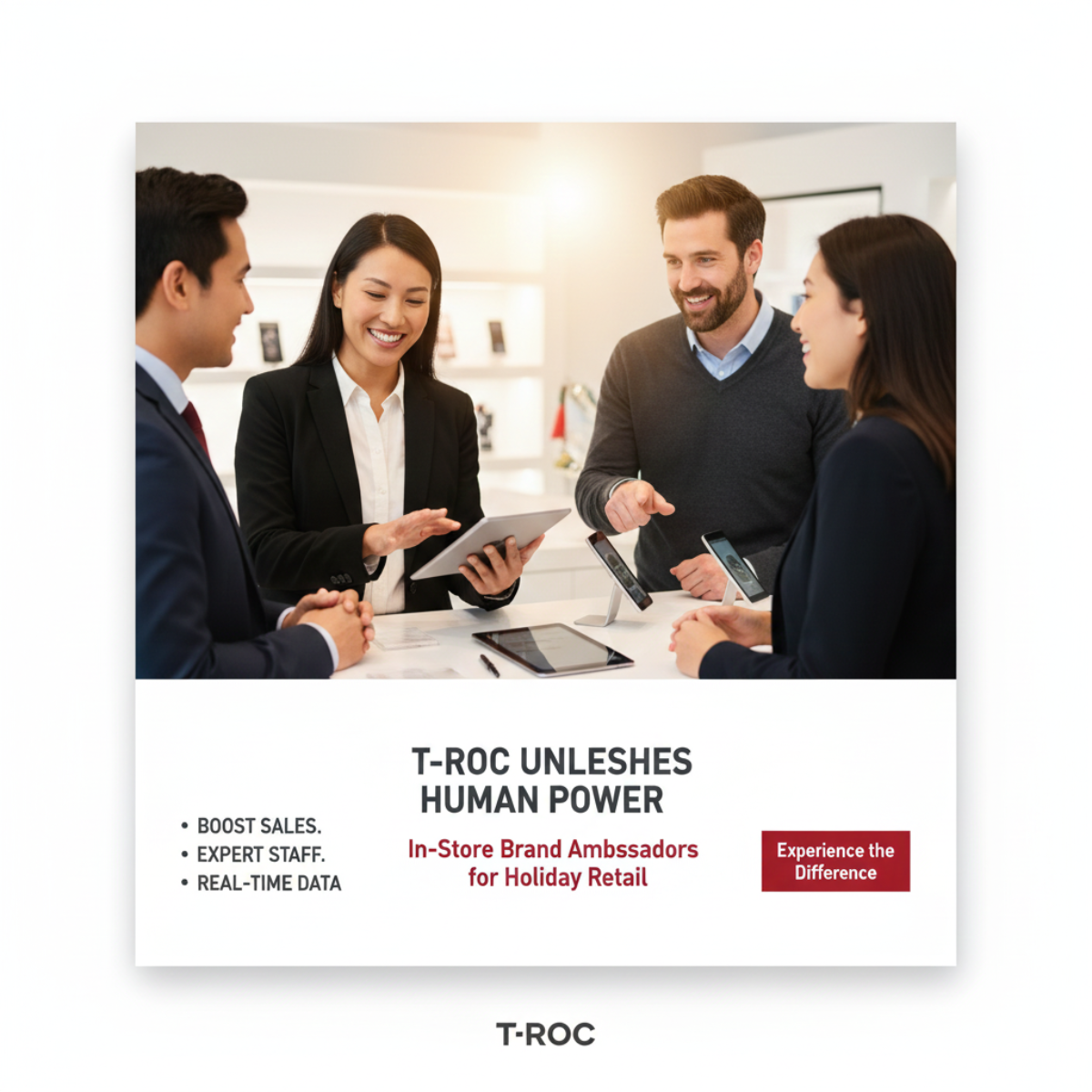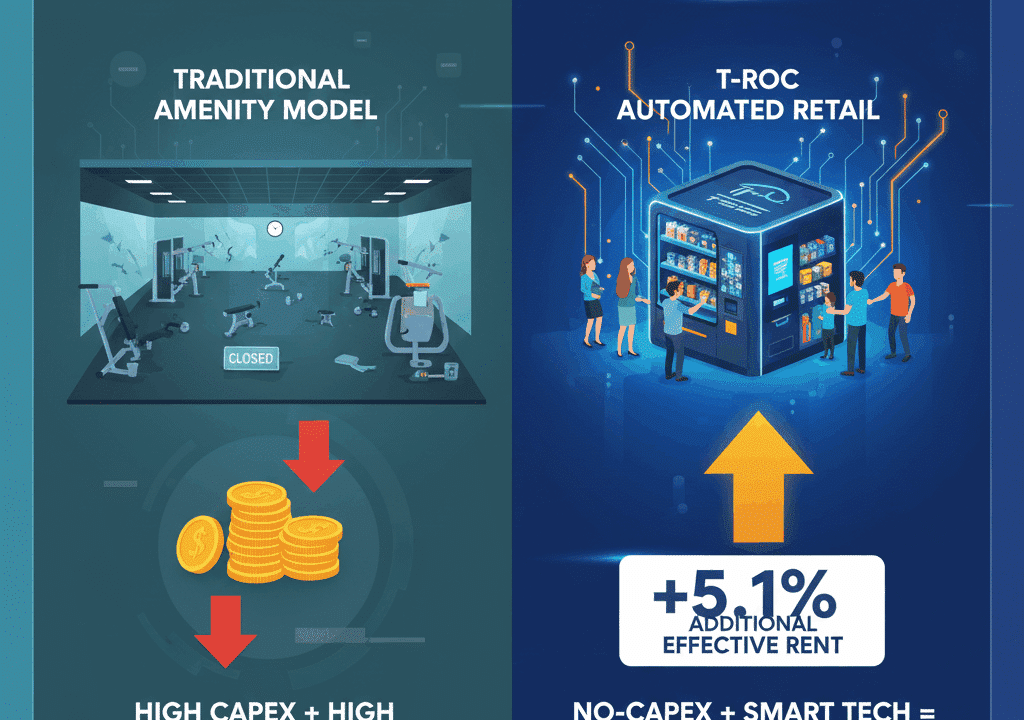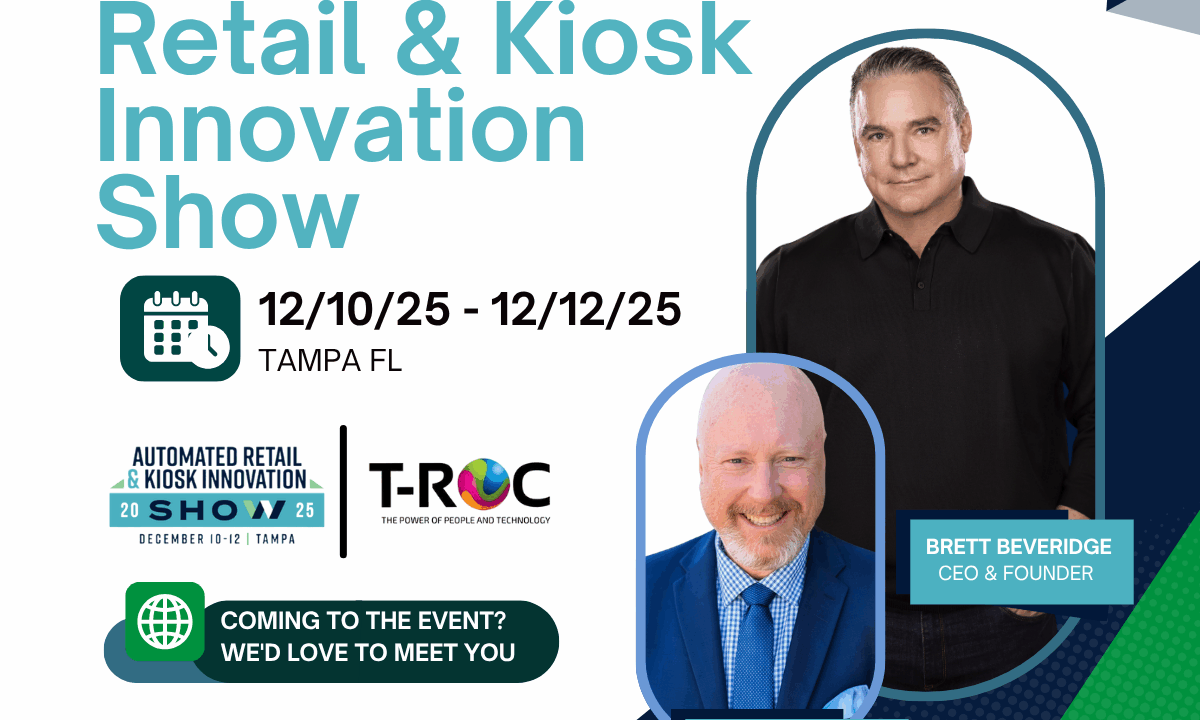
Shoppers vs. Consumers: What Different Insights do they Give?
Shoppers And Consumers: If You Think They’re The Same Thing It’s Time For A Little Insight
When lines get blurred in business things tend to get pretty confusing. In the world of retail, one of the most common examples of this is the misperception that “shopper” and “consumer” mean the same thing.
They don’t.
Even though you’ve likely seen them used interchangeably, shoppers and consumers are not the same. What’s more, they can present very different challenges and opportunities with regard to marketing, merchandising, store design, online sales, and other aspects of the retail equation.
Shopper Insights vs. Consumer Insights
Sometimes the difference is surprisingly dramatic. Other times it’s remarkably subtle. However, to fully understand why it’s important to distinguish between the shopper and the consumer, we first need to look at the new face of retail – one driven by data insights and digital technology.
These research tools have transformed the way a brand or store will go about its business by allowing them to drill down purchasing motivations, needs and behavior patterns with a specificity that has led to distinctly different definitions for shopper insights and consumer insights.
So, what’s the difference?
The simplest way to understand it is this – a shopper actually visits the retail venue. He or she is the one roaming through the aisles or navigating online, putting the product or products in a shopping cart, and heading to the checkout to complete the transaction. Consumers, on the other hand, don’t necessarily visit a store or do any shopping online. Consumers are the ones who use the product or products purchased.
For instance, say a mother picks up a certain brand of potato chips at the grocery store. She’s definitely the shopper. She made the purchase. But what if it turns out she doesn’t like this particular brand of chips and purchased them solely because she knows her daughter enjoys them. In this case, our mom is not the consumer, as she’s not going to help finish off the chips. The daughter is the consumer.
Of course, in a lot of cases, the shopper is also the consumer. An empty nester decides to purchase a new sports car. Of course, he’s also the one who’s going to be racing it around the block, so he’s both the shopper and consumer.
Are You Thinking, “So What?”
Now that you understand the differences between shoppers and consumers, you might be wondering how all this impacts research, marketing, service, customer engagement, sales strategies, and other areas of business.
Remember, these days virtually every important retail decision is being driven by data and insights. The key to success is capturing the most relevant data to your company and turning it into actionable insights – the information you need to make a more confident decision.
Integrating powerful data and insights solutions become a whole lot easier when you know exactly what data you’re trying to capture and who you’re trying to understand with this research.
[su_button url=”https://trocglobal.com/contact/” size=”12″ center=”yes”]Contact Us For A Free Consultation[/su_button]
When You Think Shopper Insights, Think Sales
Shopper insights are used to drive performance at the point of sale. What factors about the venue itself – things like merchandising displays, products, pricing, cleanliness, selection, and customer service either persuade or dissuade people from making a purchase? What are the expectations people have when they visit a retail location? Are most people shopping and purchasing online? Are they having these products delivered or do they pick them up in stores? What product category is selling and what category is struggling? Do shoppers tend to visit just one retailer per outing, or do they prefer to visit a number of different retailers?
As you can gather, retailers use shopper insights to research, measure and improve direct sales. The end game is to establish stronger point-of-sale strategies, better-merchandising programs, more effective omnichannel operations, better employee training, and, overall, a more compelling and convenient shopping journey that will convert more people.
When You Think Consumer Insights, Think Branding
Remember, consumers may never set foot in a store or click their way through a website. Therefore, consumer research is less about the sales transaction and more about gaining insights into the role things like brand image and awareness, marketing and messaging, as well as, product features and benefits play in the purchasing decision.
Consumer insights can tell you how people feel about a brand. They can reveal the strengths and weaknesses of the product and the image. They can also show you how different brands in the same category compete and, perhaps, why one fits your retail operations better than another. They might even reveal whether adding a new product category is good for your company or not.
Consumer insights are marketing insights. They’ll help you understand why people use a product and believe in the brand.
Initiating A Data And Insights Program
Most brands and retailers don’t have the manpower or technology to implement a data and insights program that maximizes ROI on their own. That’s why many of the biggest names in retail turn to digital leaders like The Revenue Optimization Companies (T-ROC) for help.
If you’d like to dig deeper into shopper and consumer insights and explore other retail management and technology solutions designed to maximize revenue and lower the cost of doing business, visit www.trocglobal.com.
[su_button url=”https://trocglobal.com/contact/” size=”12″ center=”yes”]Contact Us For A Free Consultation[/su_button]
TROC is the leading provider of premier staffing outsource, software, managed technology services, and consumer insights for the top global brands, retailers, manufacturers, service providers, and distributors. The company’s distinctive solutions address the entire lifecycle of brick and mortar brand and retail operations by combining retail expertise, best practices, and technology to help its customers achieve sales and operational excellence as well as a sustainable competitive advantage. As a Retail 4.0 thought leader, T-ROC enables companies with high-value products in the physical world to thrive through the digitalization of the physical shopping experience. To learn more about T-ROC, visit www.trocglobal.com.

